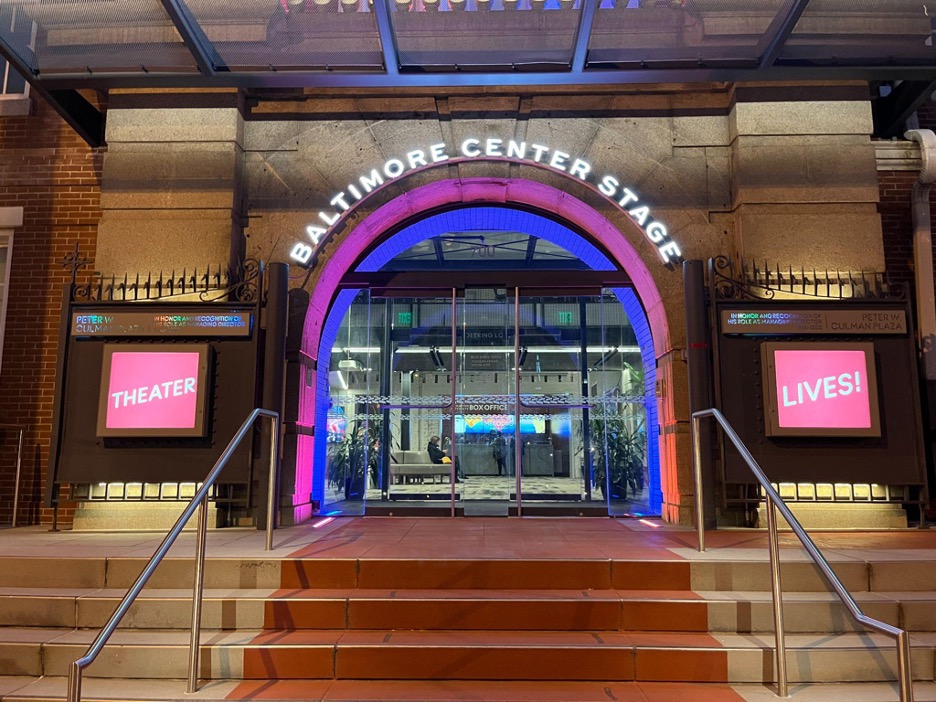While a variety of Phase II recommendations have been proposed over the past five months, few have elicited a stronger reaction from the student body than the potential creation of the Center for Inclusion and Equity.
The CIE, as it’s been commonly referred to, would restructure and merge many offices under Student Development that provide support for minority populations on campus. Proposed by the Student Experience working group in the beginning of March, the CIE was recommended in an effort to improve the recruitment, retention and experience of students from underrepresented identity groups. However, it has been garnering powerful retorts from students who would be affected by its implementation and fear that their individual concerns would not be met.
“You can’t just put a bunch of minority groups together and hope it works out,” said senior Julia Tigani, president of Spectrum. “There are a lot of voices that need to be represented and heard on campus.”
In addition to budgetary concerns of increasing efficiency, this proposal was motivated by intentions to improve the Loyola experience for students of diverse identities. Chair of the Student Experience working group, Dr. Lisa Oberbroeckling, explained that the group looked at survey data from students who considered transferring due to campus climate.
“What is the student experience? It is not something that can be broken down into one or two variables. It is too broad and diverse and hard to quantify,” said Dr. Oberbroeckling. “Through our research, we recognized that there are initiatives and programs that don’t have an obvious home on campus.
The center would provide a home for those currently free-floating organizations, such as Spectrum, while creating support structures for new initiatives such as Green Dot, a sexual assault bystander intervention training.
For years, Tigani has been requesting an administrator to oversee LGBTQIA programming because Spectrum’s student executive board must serve as the voice of education on campus. Merging the resources of ALANA and the Women’s Center would provide the funding that has been absent in previous years, but at what cost?
“I think the main danger is obscuring the differences in what each group faces at Loyola,” said senior Colleen Dorney, president of Take Back the Night, which utilizes the Women’s Center’s support. She believes that having a centralized, accessible location would benefits the groups’ presence on campus, but is concerned that each of their individual challenges could not be adequately addressed within the conglomerate.
“We’re not at a point where each of these issues doesn’t need individual direct attention,” said Dorney. “Even though women are the numerical majority, there are still issues [at Loyola]…the odd comment, the prof who discourages female student from pursuing medical school or makes assumptions that the women in the room are thinking about children.”
Junior Tori Conway, general body member of ALANA, agrees that in addition to securing adequate resources and support, the biggest concern is Loyola’s environment. “My personal issue is that a lot of people don’t understand what diversity is and their comments can really bring somebody down,” she said, citing racist comments made by students, an occasion when she felt that Campus Police targeted her group of friends and professors making assumptions about students of color in the classroom. “That old school racial prejudice is still prevalent… We’re a Jesuit institution and it should always be about the education first.”
“What I hope will happen is that we will get more funding as an entire group to implement new initiatives and programming to educate people,” said Conway. “But this should come from all over campus, not just the proposed CIE.”
According to students, Loyola University Maryland itself is not, right now, a center for inclusion and equity. The challenges faced by underprivileged groups on this campus are products of Loyola’s environment, and students have expressed that change will only be possible with an influx of resources, energy and genuine attention. A wider conversation about diversity needs to happen on campus.
“You have this proposal, but where’s the input from the students whom you say you want to help?” said junior Amanda Acevedo, vice president of the Association for Latin American and Spanish Students (ALAS). While most members of the Phase II working groups are faculty, staff and administrators, there is only one student representative on the Student Experience working group.
“I feel like their intentions are good, but this execution is not the way it’s supposed to go. There are other ways we could do this,” said junior Kevin Zelaya, public relations officer for ALAS.
Vice President for Student Development Dr. Sheilah Horton agrees that support is needed for the LGBTQIA population on campus and that collaboration should occur between the Women’s Center and ALANA, but feels the current recommendation is shortsighted.
“This reorganization recommendation is too prescriptive and demonstrates lack of knowledge about the complexity of the situation,” said Dr. Horton. “More resources would be needed to reach the overall goal and mergers are not necessary nor wise in this case.”
She explained that the working group did consult with ALANA and the Women’s Center prior to writing the proposal but acknowledged their good intentions. Dr. Oberbroeckling was the only member of the working group who could be reached for comment. Administrators from the Women’s Center and ALANA also could not be reached for comment.
The recommendation will be considered at Loyola Conference within the next couple of weeks, and awaits Rev. Linnane’s final decision.














































































































Anon • Apr 3, 2014 at 4:51 pm
Its funny how the everyone mentioned in this article is female, with the exception of Bri-Li. You want to destroy racism? Stop talking about it, and accusing others. You want to blame gender inequality? Females comprise the majority of Loyola’s undergraduate population. You don’t think there is enough ethnic/racial diversity at Loyola? Attend an inexpensive state school. The whining that takes place on this campus with “exclusion” and the results of the “Climate survey” for Loyola are all based upon students pre-conceived notions that they are going to love every aspect of college. Fact of life: it’s only as good as you let it be.